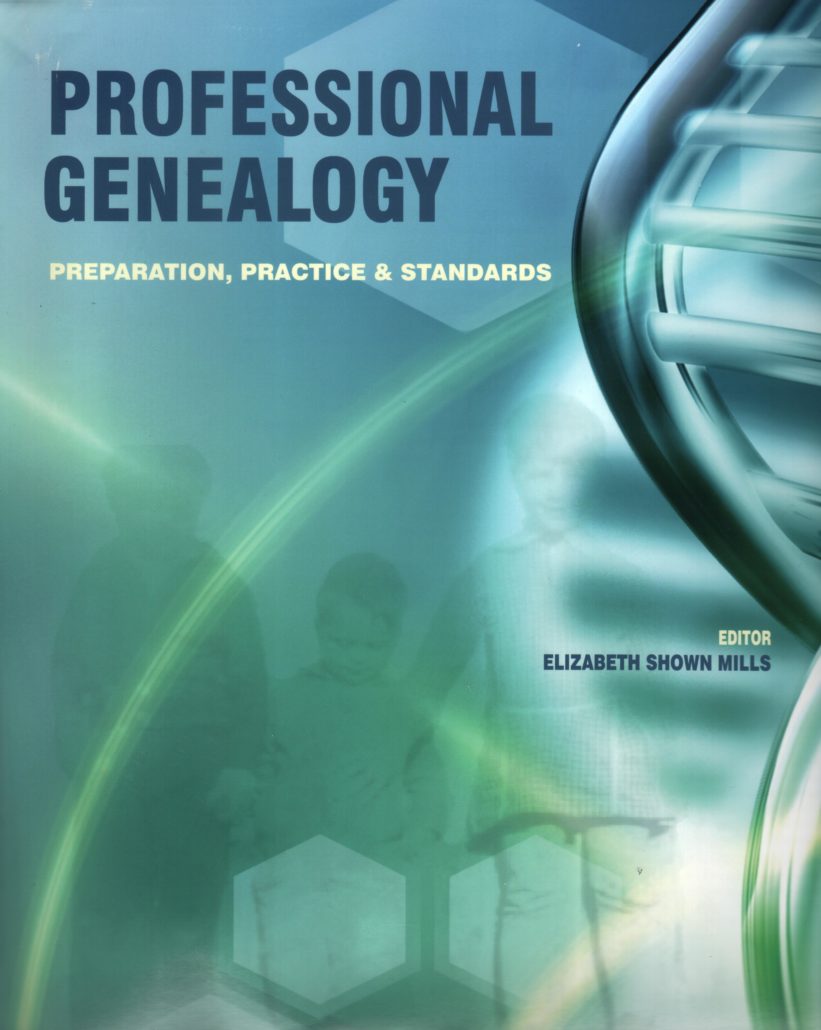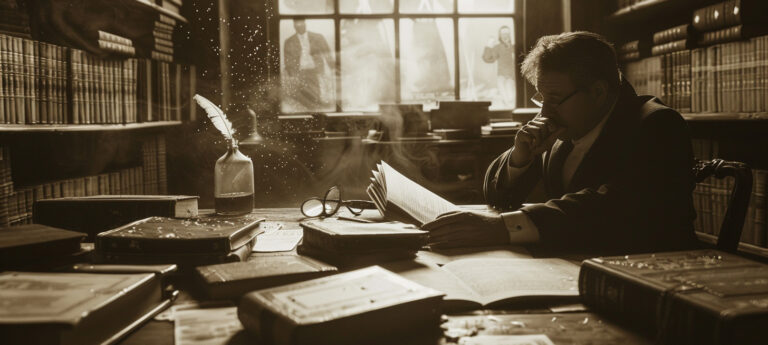
Copyright vs. Plagiarism vs. Fair Use, by Judy G. Russell, J.D., CG, CGL
Excerpted from Judy G. Russell, “Copyright and Fair Use,” Elizabeth Shown Mills, ed., Professional Genealogy: Preparation, Practice & Standards (Baltimore: Genealogical Publishing Co., 2018), 149–72.
COPYRIGHT VS. PLAGIARISM
Copyright and plagiarism are distinct concepts. The major differences are these:
- Copyright is a legal construct that takes the form of exclusive rights held by the copyright holder. It is possible to infringe a copyright even if we assiduously attribute the underlying work to its original creator.
- Plagiarism is an ethical construct. By definition, it is the use of another person’s work or ideas without giving credit to that person. The status of the copied work, whether copyrighted or not, is irrelevant to the ethical question involved in using another person’s work. It is therefore possible to plagiarize work that is no longer copyrighted or, perhaps, never was.
Because of this distinction, the fact that credit was given—or that the underlying work was properly attributed to its original creator—is not a defense to a suit for copyright infringement. However, not giving credit may make it worse for the infringer and it may impact the amount of damages awarded, particularly where it can be shown that attribution information was willfully omitted or deleted.
Outside the United States, the right to receive credit or attribution is part of the moral rights of every copyright holder. Not giving credit may violate the terms of licenses granted by groups that offer copyright-free or royalty-free materials.29
THE “FAIR USE” DOCTRINE
U.S. copyright law carves out a major exception that benefits users: the “fair use” of copyrighted materials “for purposes such as criticism, comment, news reporting, teaching, scholarship, or research.” Four statutory factors are considered in determining whether a use is covered by the fair-use doctrine:
- The purpose and character of the use, including whether such use is of a commercial nature or is for nonprofit educational purposes
- The nature of the copyrighted work
- The amount and substantiality of the portion used in relation to the copyrighted work as a whole
- The effect of the use upon the potential market for or value of the copyrighted work
No one factor is considered dispositive in the fair-use analysis. Even a not-for-profit educational use may not qualify as a fair use if, on balance, the other factors weigh in favor of the copyright holder. Fair use has no hard-and-fast rules and is always determined through a case-by-case balancing act. In some situations, using most of a copyrighted work will be allowed because, on balance, the statutory fair-use factors allow it. In other situations, using even a very small (but vital) portion of a copyrighted work will constitute infringement. For that reason, we have no mathematical formula to employ. We cannot say, for example, that using less than ten percent of a work, or fewer than three paragraphs, will insulate a user under the fair-use doctrine.
Whether or not the use is transformative has been the key issue in modern U.S. cases. In the 1994 suit Campbell v. Acuff-Rose Music, Inc., for example, the Supreme Court based its opinion on “whether the new work merely ‘supersede[s] the objects’ of the original creation, … or instead adds something new, with a further purpose or different character, altering the first with new expression, meaning, or message.” In fact, the Court went so far as to say, in this case, that “the more transformative the new work, the less will be the significance of other factors, like commercialism, that may weigh against a finding of fair use.”




